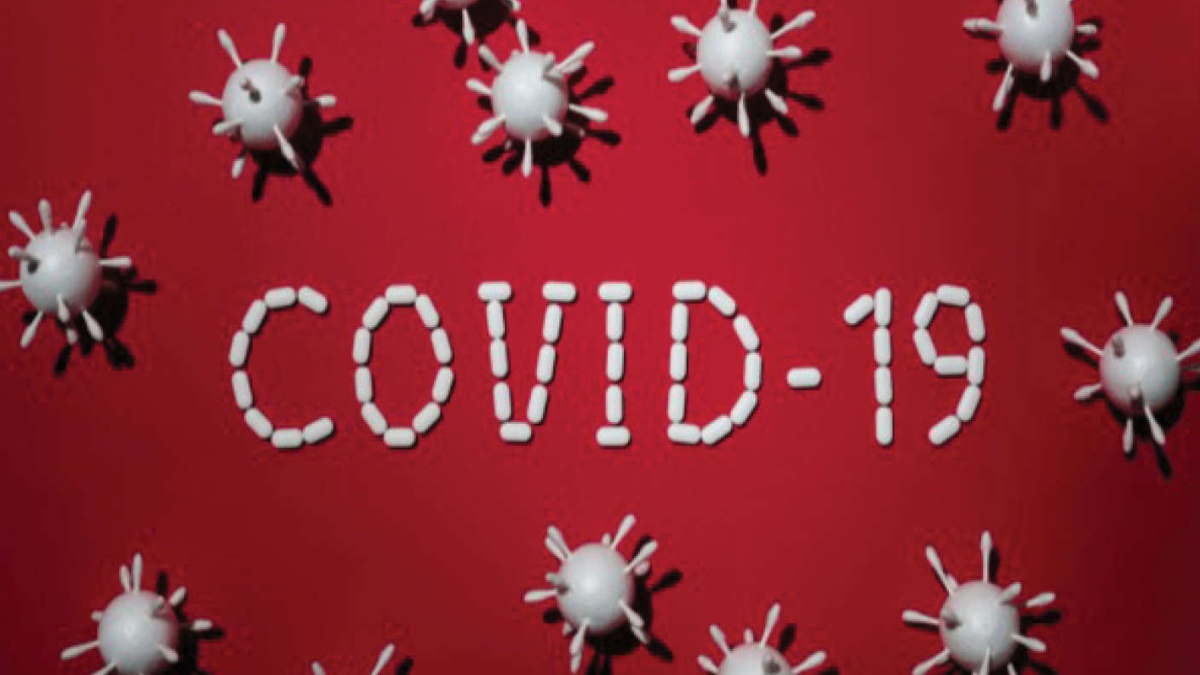


Typically, if we have the same (negative) experience repeatedly, it means that we haven’t learnt any lessons from the first or subsequent times. We repeatedly talk about learning from our mistakes; three Covid-19 waves in, I think it’s about time that we flush out the learnings and explore if there’s anything we should be doing differently, to avoid the next one.
So, what have we learnt about Covid-19, two years and three waves into the pandemic:
1. We know that it is a respiratory virus that spreads from air to person and from person to person. There’s little to no evidence of surface to person transmission.
2. The nature of the virus is to replicate, transmit and mutate, through a human host.
3. The virus has found our human weakness—the need to socialise—and is using that to replicate and grow.
4. With air and sea travel, the virus spreads across geographies quite easily.
5. People with co-morbidities are at an enhanced risk of hospitalisation or mortality.
6. It has had a milder impact on children’s health.
7. Each wave comes with its own unique symptoms, severities, and treatment plan.
8. Vaccinations do tend to lower the overall impact of the virus. However, vaccinations or natural infection do not provide immunity.
9. Here in India, we’re seeing a new wave peak about every 6-8 months.
10. The only prevention strategies are a well-fitted mask with filtration efficacy, adequate ventilation in indoor spaces and social distancing—broadly grouped under a larger strategy, that I call ‘Don’t Share The Air.’
From the above learnings, here’s what I’m able to extrapolate:
1. If we know that the virus is capitalising on our weakness, our need to socialise, then we need to socialise smartly—either in open spaces or in well-ventilated spaces, where there is a strong air exchange and we’re not breathing other’s exhaled air. If open air and ventilation are a no go, then a well-fitted, reusable, N95 FFP2 mask is the only other strategy left in the bag.
2. Since we know that these waves have a 6–8-month span, we must have our guard up starting August 2022—especially at all International Ports of entry. We must stay ahead of this.
3. While folks with co-morbidities should get priority for boosters or other preventives, as a father, I’m really concerned about our unvaccinated kids. While the impact has been mild on children, they are unvaccinated (<15 years) and extremely vulnerable for a lurking virus looking for hosts.
The government and businesses have a huge role here; most in India wear cloth or surgical masks to evade fines, and not the virus. We need a mask policy for the larger community. These must be well-fitted, with filtration efficacy (>80%), comfortable, reusable, and washable. Also, we need a ventilation policy; over the years, we’ve invested in poorly ventilated indoor spaces, or sick buildings, largely to cut corners on engineering expenses, and human health and well-being was never a priority. Well, Covid-19 has exposed all the HVAC consultants across the Nation.
An overhaul of the mask policy and ventilation standards are only a starting point; what our country needs to control the Covid situation is for a public health physician to run this crisis. This is not the domain of a clinician as public health and patient care are completely different streams.
Let’s be very clear that lockdowns and restrictions represent a failure of public health strategy and compliance. I firmly believe that you can only beat science with science, so let’s all please follow the science so that the way forward doesn’t involve these frequent closures.
Jai Dhar Gupta is the founding member of the citizen movement ‘My Right to Breathe’ and founder & CEO of Nirvana Being.